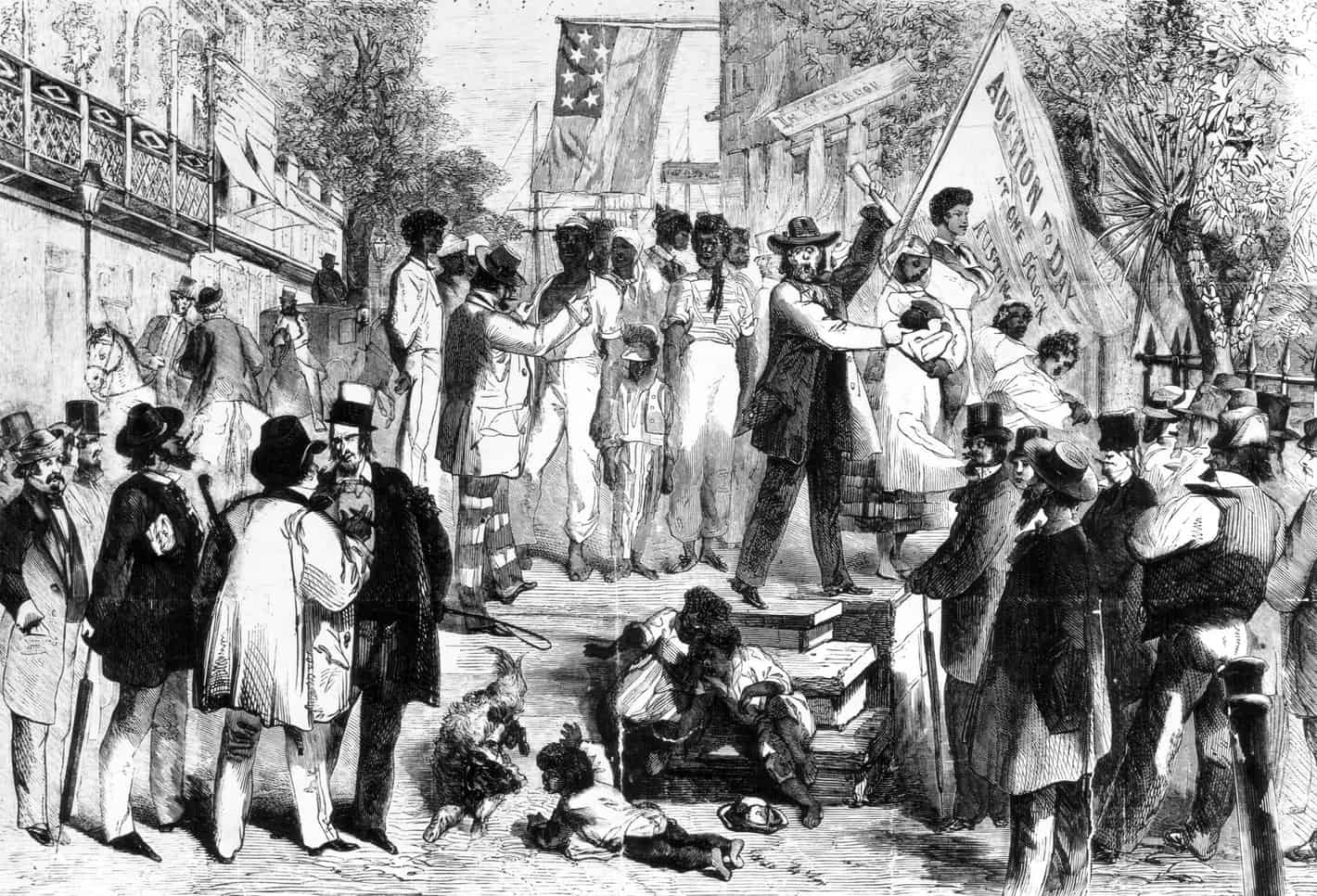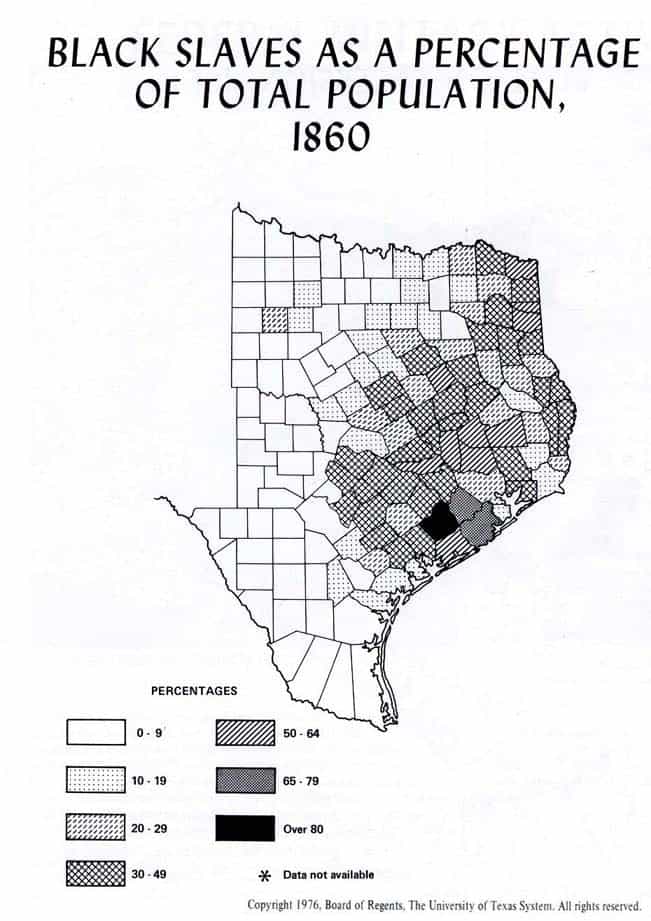
ADVERTISEMENT - CONTINUE READING BELOW
28. The Freedom to Deprive Others of Freedom?
For generations, scholars tiptoed around an uncomfortable aspect of the Alamo and Texas Revolution myth of a noble fight for freedom against tyranny: slavery. It was not until the 1980s that academic researchers finally tackled the relevance of slavery to the Texas Revolution. Their findings demonstrated conclusively that the key issue that drove a wedge between the American immigrants and the Mexican government was slavery. In a nutshell, Mexican law prohibited slavery, and the American immigrants wanted to bring and maintain slaves on Mexican soil.

ADVERTISEMENT - CONTINUE READING BELOW
All the Mexican governments that held power before the Texas Revolution were dedicated abolitionists. By contrast, many American immigrants to Texas wanted to farm cotton on its virgin soil, and wanted to do it with slaves. Stephen F. Austin, “the Father of Texas”, spent years arguing about the necessity of slaves for Texan prosperity. In correspondence with Mexican bureaucrats in 1832, for example, he wrote: “Nothing is wanted but money, and negroes are necessary to make it“. The key “freedom” fought for at the Alamo was the freedom to own slaves.

